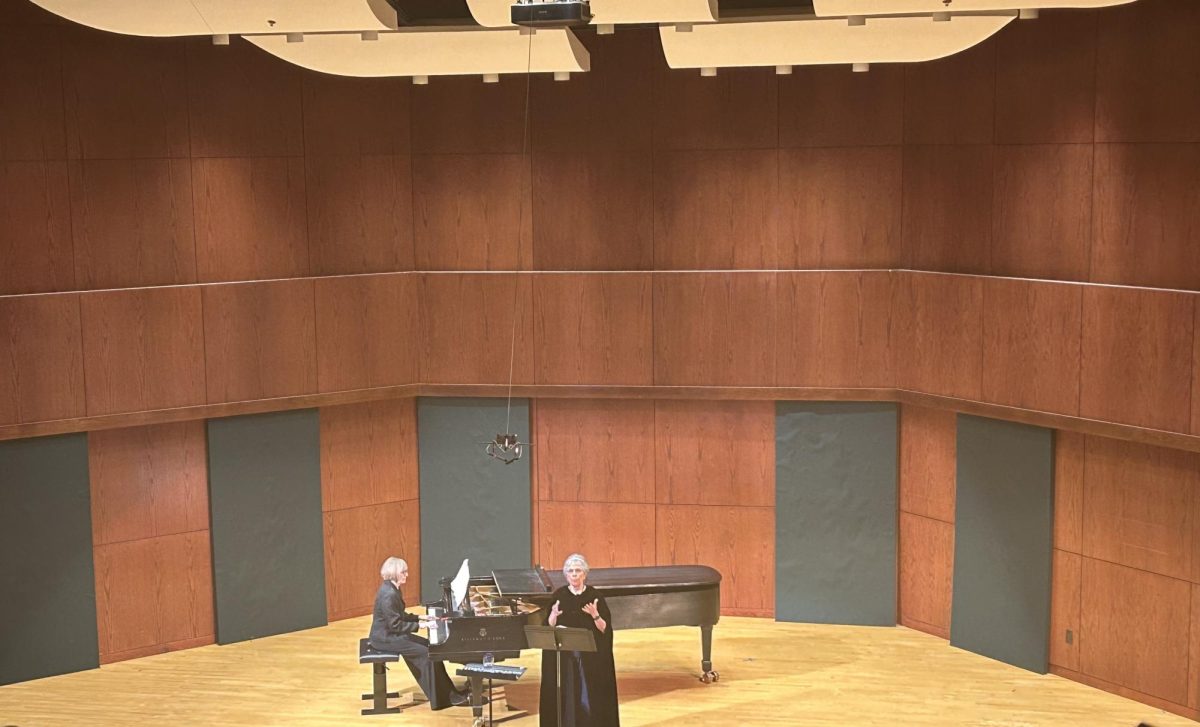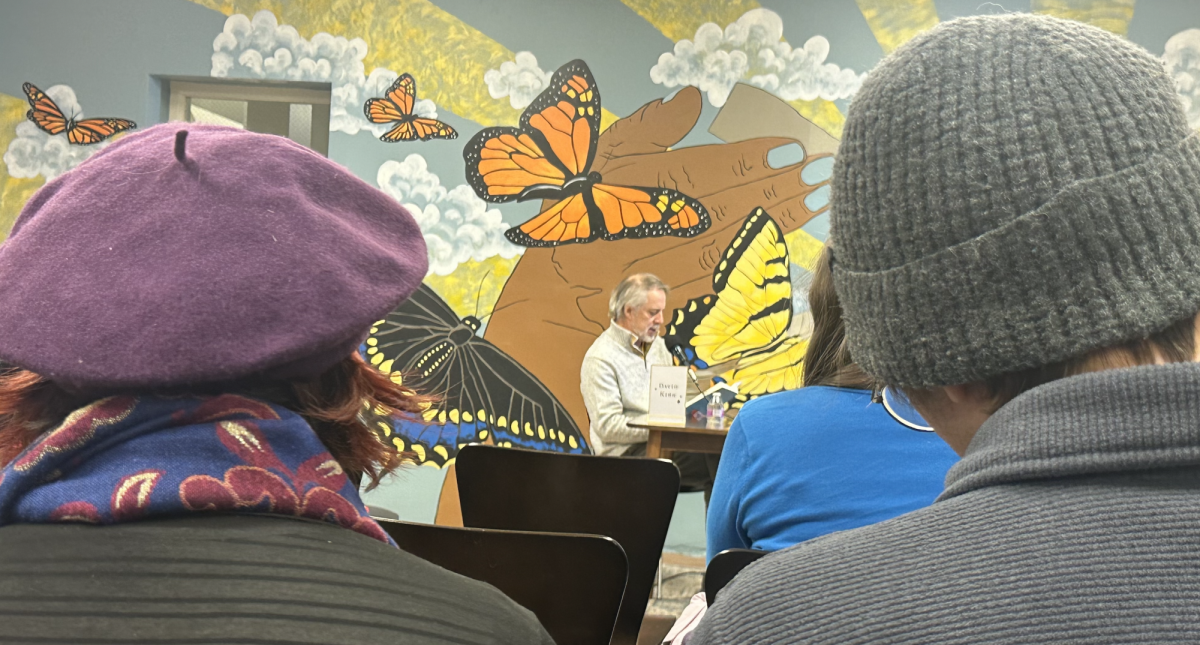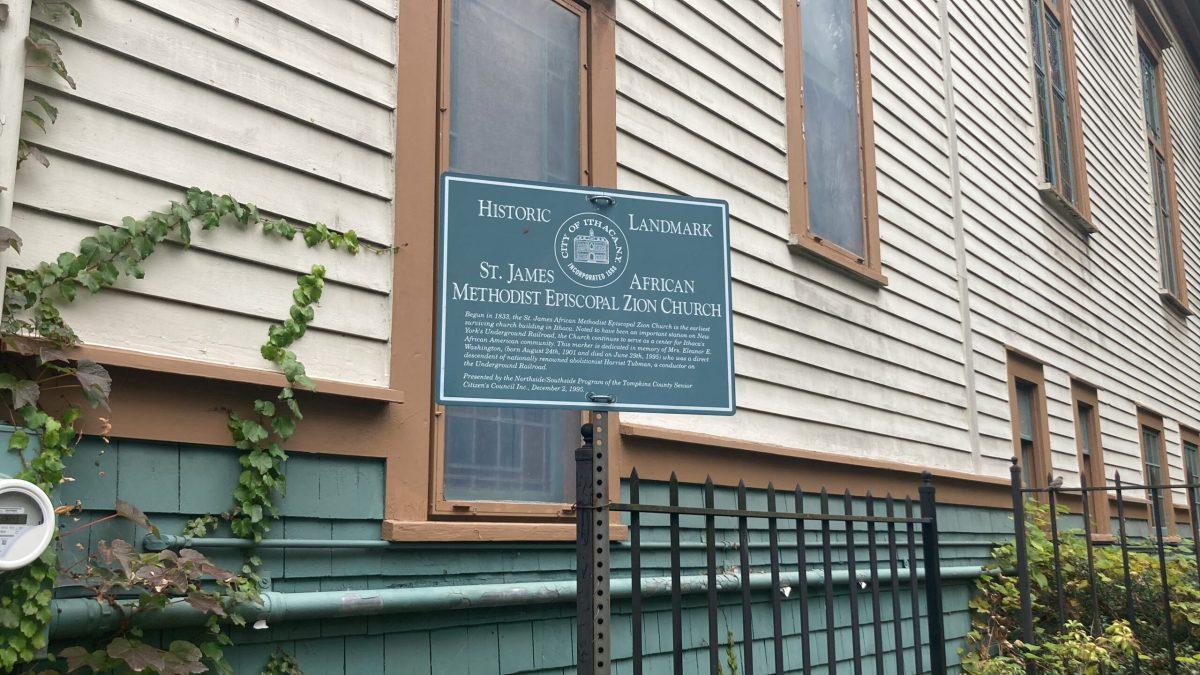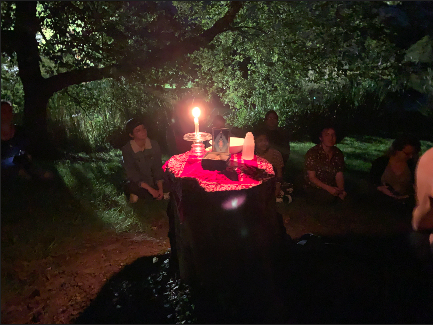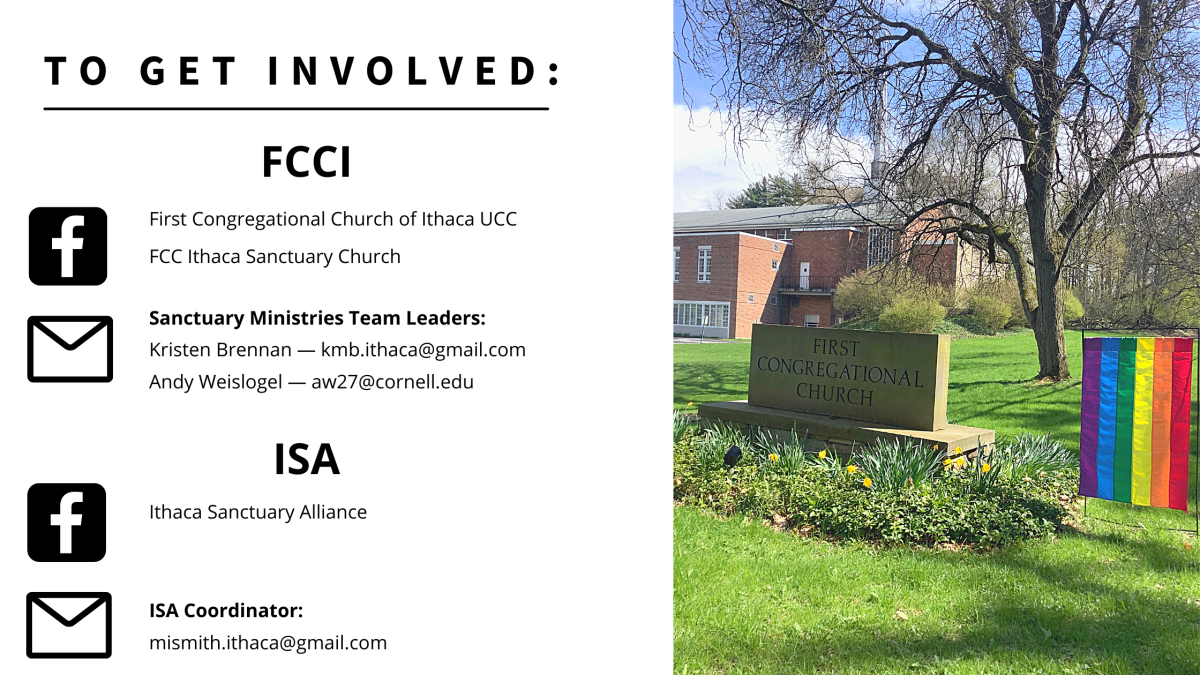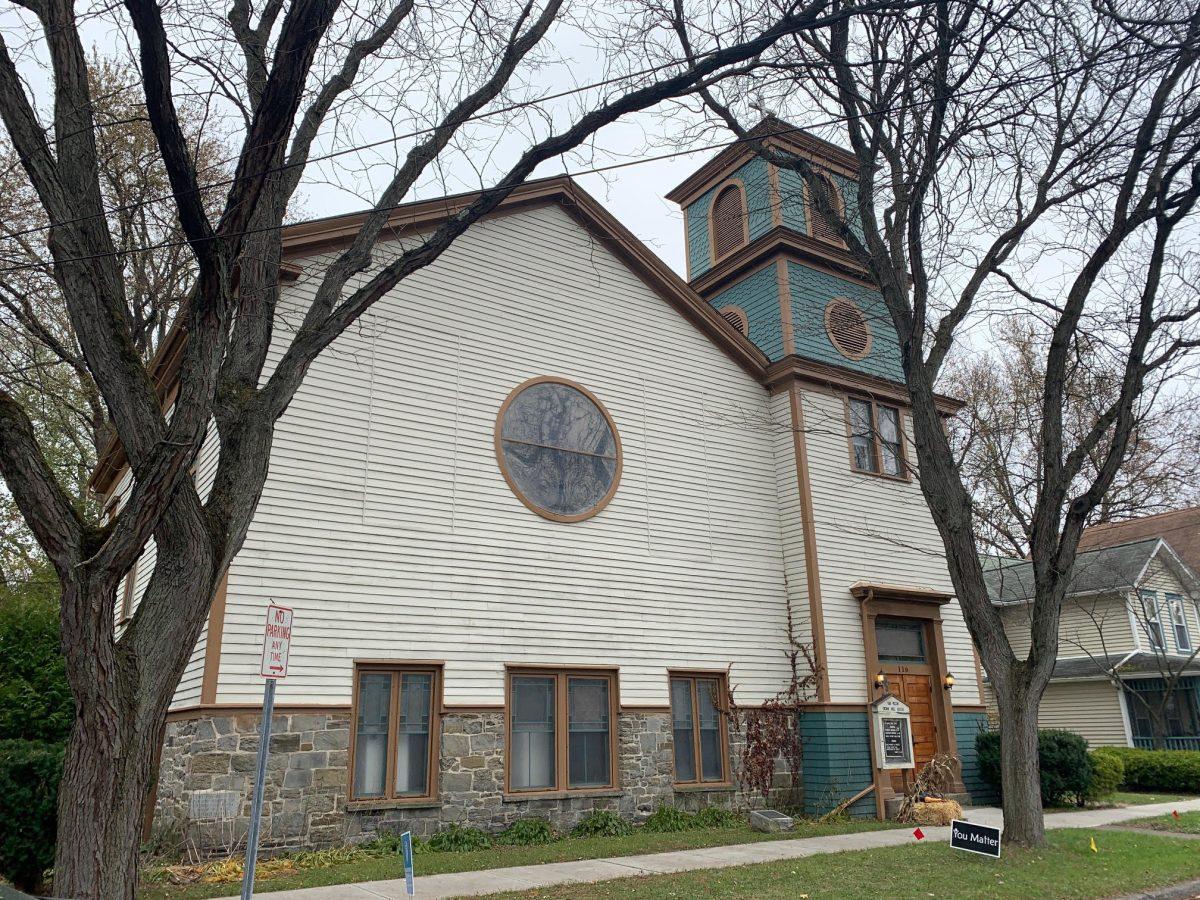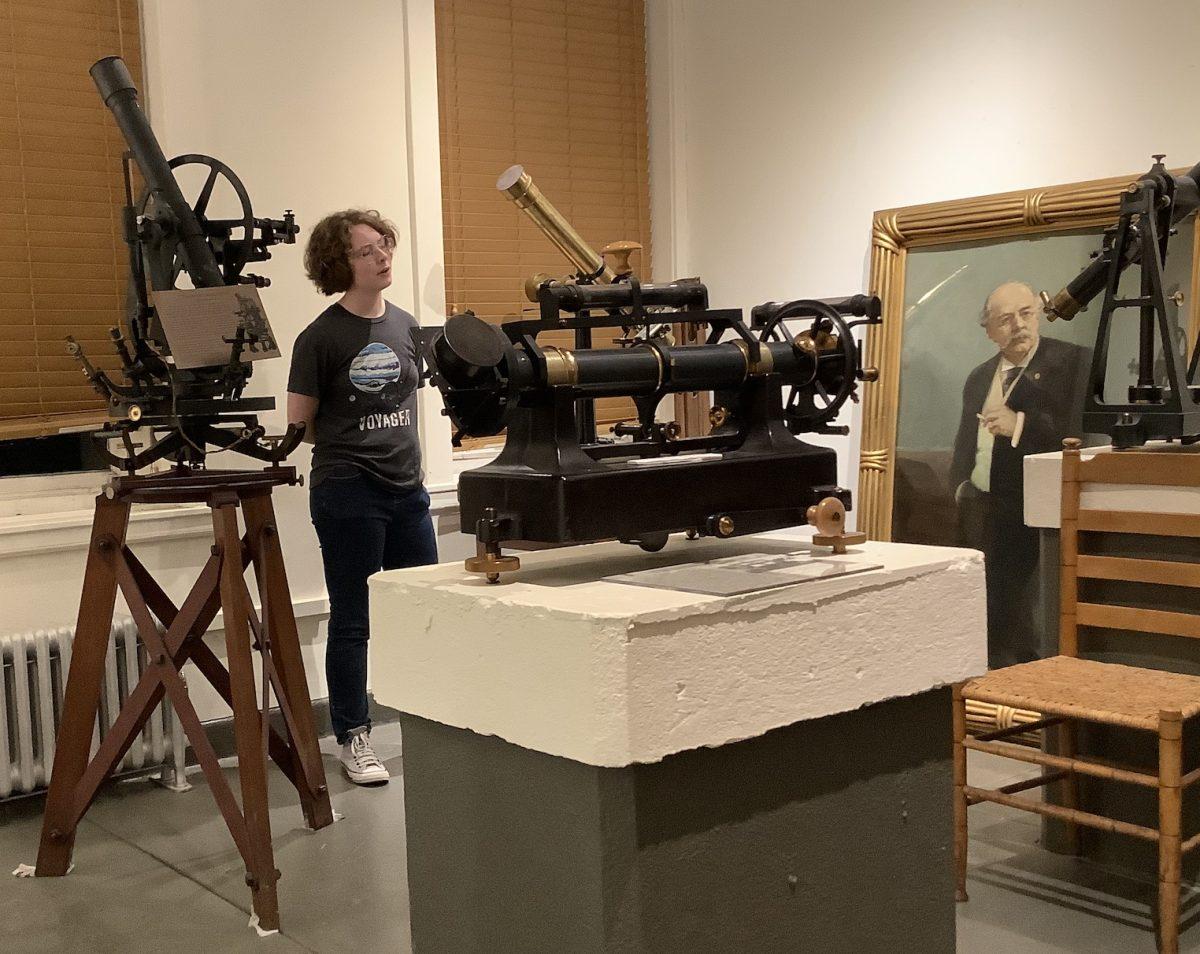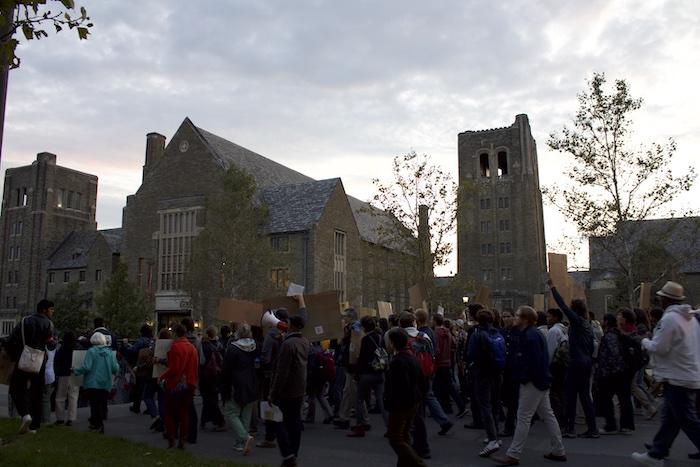Nov. 7 will mark the first time Ithaca’s Namgyal Monastery’s community gathers for a group meditation in its new building, beginning a shift from the original location to the new one.
After a drawn-out construction period of seven years, the new addition to Namgyal was finished in August. The new building will soon become the primary monastery for Namgyal, leaving the fate of the original monastery unknown.
Founded in 1992, Namgyal originated as a branch of the original Namgyal Monastery in Tibet. Initiated by the 14th Dalai Lama, it is his only personal monastery in the United States. The new building, Du Khor Choe Ling, was finished in time to host a two-week Kalachakra summer retreat on Sept. 1. Kalachakra is a Buddhist practice, which focuses on the concepts of peace and time. Then, more than 2,000 people visited the new building.
Namgyal, which runs as a non-profit organization, relied on donations to construct the new monastery, said Ngawang Dhondup, president of the Tibetan Association of Ithaca.
“The construction for the new monastery started in 2007, but during that span of time the economy went down, so there was much less donation,” he said.
Today, Namgyal offers a core curriculum to its students, taught in a two-year program. The classes, offered by the five resident monks, include subjects in philosophy, Tibetan language, meditation practices and more.
“You’ll find many Buddhist centers, but Namgyal Institute of Buddhist Studies is different. We run this monastery like a university or college,” Dhondup said. “We have fall and spring semesters. A lot of Ithaca students come here to study.”
Dr. David Boucher, an East Asian Religions professor at Cornell, said the small number of Tibetan Buddhist monks in America might contribute to a different atmosphere for practicing Buddhism.
“[The Buddhist community here is] completely different. Almost all Tibetans are Buddhists; very few Ithacans are,” he said. “The culture of Tibet revolves around supporting the monkshood, where until recently upwards of 50% of young men might become monks.”
In the 1959 Tibetan Uprising, the Chinese People’s Liberation Army massacred about 87,000 Tibetans, and by the end of the year, more than 300,000 Tibetans had gone missing. The displacement of Tibetan Buddhists was left unresolved for some time, and it was not until the Immigration Act of 1990 that Tibetans could seek refuge with special protections in the United States.
[topswf swf=’https://www.ithacaweek-ic.com/wp-content/uploads/2014/11/Buddhist-Monasteries.swf’ width=’600′ height=’436′ quality=’best’ wmode=’transparent’ scale=’default’ flashvars=” allowfullscreen=’false’]
In addition to the five resident monks at Namgyal, Ithaca is home to a community of about 60 other Tibetans.
“Tibetan Buddhism is a world resource, like the rainforests, but it is being destroyed just as rapidly. The only positive outcome I can see of the Chinese invasion of Tibet is that this exquisite form of Buddhism came here to the West, and is available to more people,” Mickey Lemle, director of the 1992 documentary “Compassion in Exile: The Life of the 14th Dalai Lama,” said. “Ithaca is a lucky place to have representatives of the Tibetan communities there as a resource.”
Lemle developed a close relationship with His Holiness the Dalai Lama while creating the film. His next film, which completed its Kickstarter campaign on August 10, shows the breadth of Tibetan Buddhism across the world, and will highlight the unique issues surrounding the reincarnation of the 15th Dalai Lama. He said his film showcased how Tibetan Buddhists’ compassionate ideas can help everyone.
Despite the physical changes to the monastery, lessons and Kalachakra classes will continue normally. The new space will allow for larger class sizes and meditations. Dhondup anticipates the entire shift to happen at the beginning of 2015.
“We advise our students to come to Namgyal to study what is good for you, take that and share with your friends, your community, everywhere,” Dhondup said. “The main theme of Buddhism is to be compassionate. If you can’t help someone, don’t harm them.”





